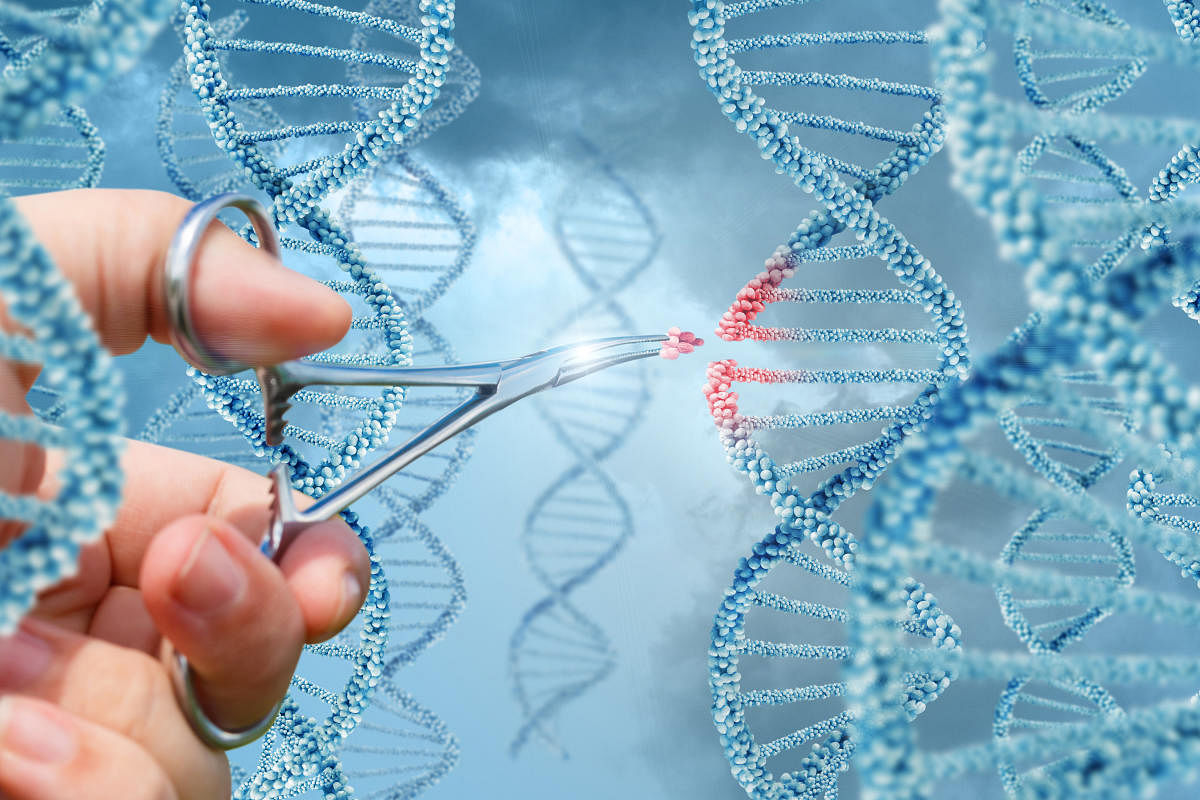
With India having an estimated 70-90 million people with genetic disorders, the Indian Council of Medical Research (ICMR) has come out with draft guidelines to help develop appropriate gene therapies for such diseases.
Even though gene therapy has emerged as a potential treatment option for disorders that involve malfunctioning of a single gene as well as rare genetic diseases, there is barely any policy prescription in India to guide the research agenda and suggest regulatory requirements to scientists and companies developing such therapies.
The ICMR guidelines on gene therapy product development and clinical trials — prepared in collaboration with the Directorate General of Health Services and the Department of Biotechnology — seeks to fill the gap.
“It provides for basic guidance for research involving human participants, including clinical trials, pertaining to the broad area of gene therapy covering all the technologies and processes. Disease-specific guidelines will subsequently be developed as part of standard operating procedures for different conditions,” it says.
“It’s a guideline to help researchers and regulators as gene therapy is an emerging technology. It will facilitate the clearance of such therapies by the Drugs Controller General of India. The draft would be finalised after receiving public comments,” Renu Swarup, secretary, Department of Biotechnology, told DH.
India has a large burden of monogenic diseases like haemophilia, thalassemia, sickle-cell anaemia, muscular dystrophy, retinitis pigmentosa, primary immunodeficiency in children, lysosomal storage disorders such as Pompe disease, Gaucher’s disease, haemangioma and cystic fibrosis.
So far, tertiary care hospitals in India have reported 450 rare diseases, but the epidemiological data remains inadequate. For instance, in India, haemophilia A is reported in 11,586 patients although the prevalence is estimated to be around 50,000 patients.
Similarly, there is a large burden of about 1,00,000 beta-thalassemia patients, around 1,50,000 sickle-cell patients, nearly 5,00,000 patients for muscular dystrophy (Duchenne Muscular Dystrophy) and a higher incidence of one in 4,000 for retinal dystrophies.
While the actual disease burden remains unknown, considering the international estimate of 6-8% of population being affected by rare diseases, approximately 72 to 96 million people in India can be expected to be affected by some form of rare disease, which is of major concern to the health care sector, says the ICMR guideline.
Gene therapy began as a research subject in the 1980s as medical scientists experimented with the idea of replacing disease genes with healthy ones. Two other types of therapies involve knocking out a bad gene that triggers a disease and introducing a new gene to fight a disease.
The first successful gene therapy clinical trial was conducted in 1989 at the USA’s Nation Institutes of Health Clinical Center for severe combined immunodeficiency.
Until 2017, almost 2,600 gene therapy clinical trials have been conducted worldwide in 38 countries, of which 64.9% were in the US, 23.2% in Europe and approximately 6.5% in Asia, most of them being in China and Japan.
